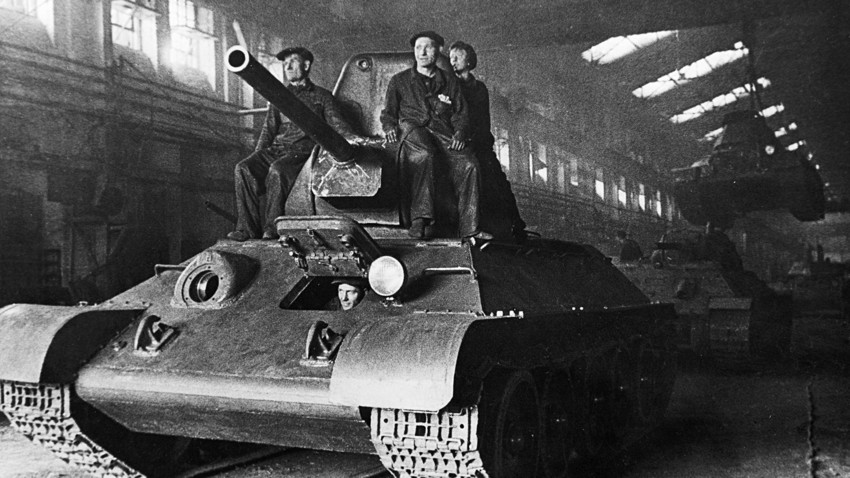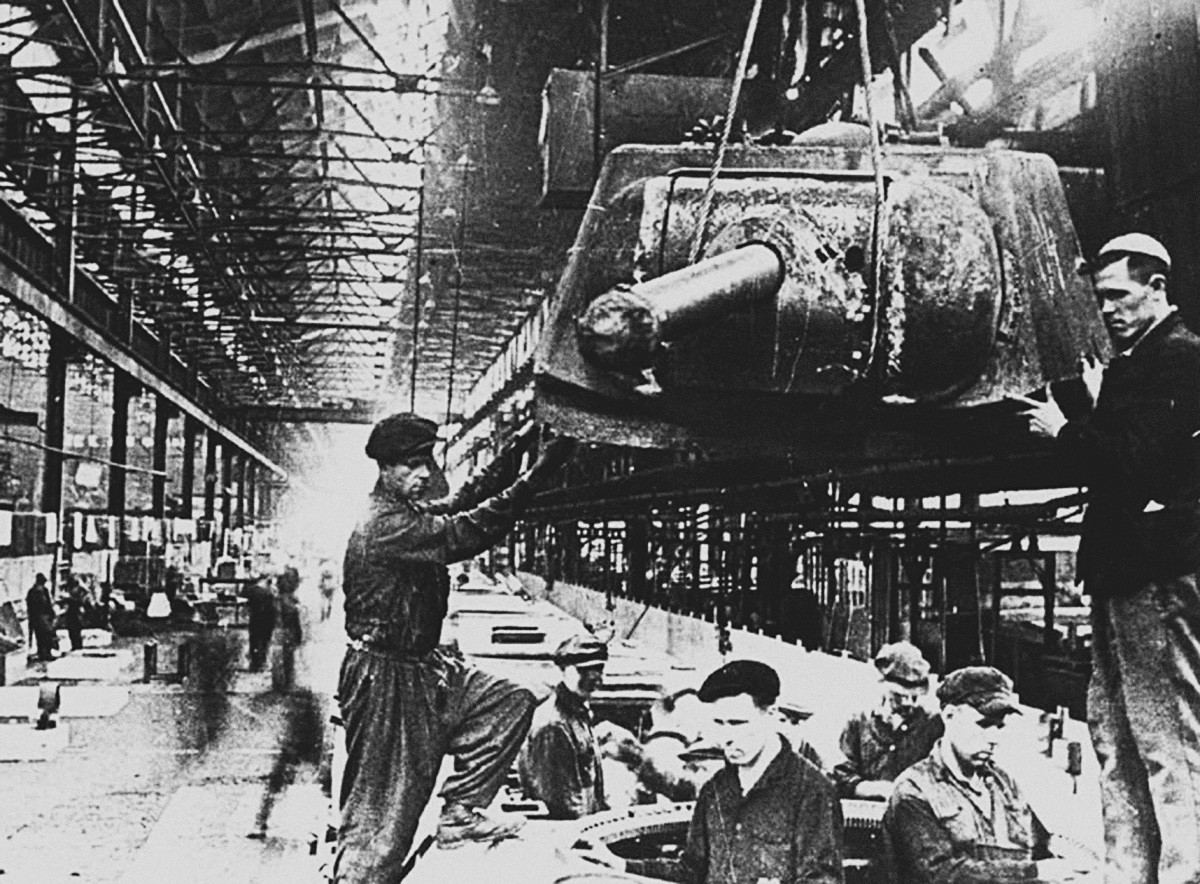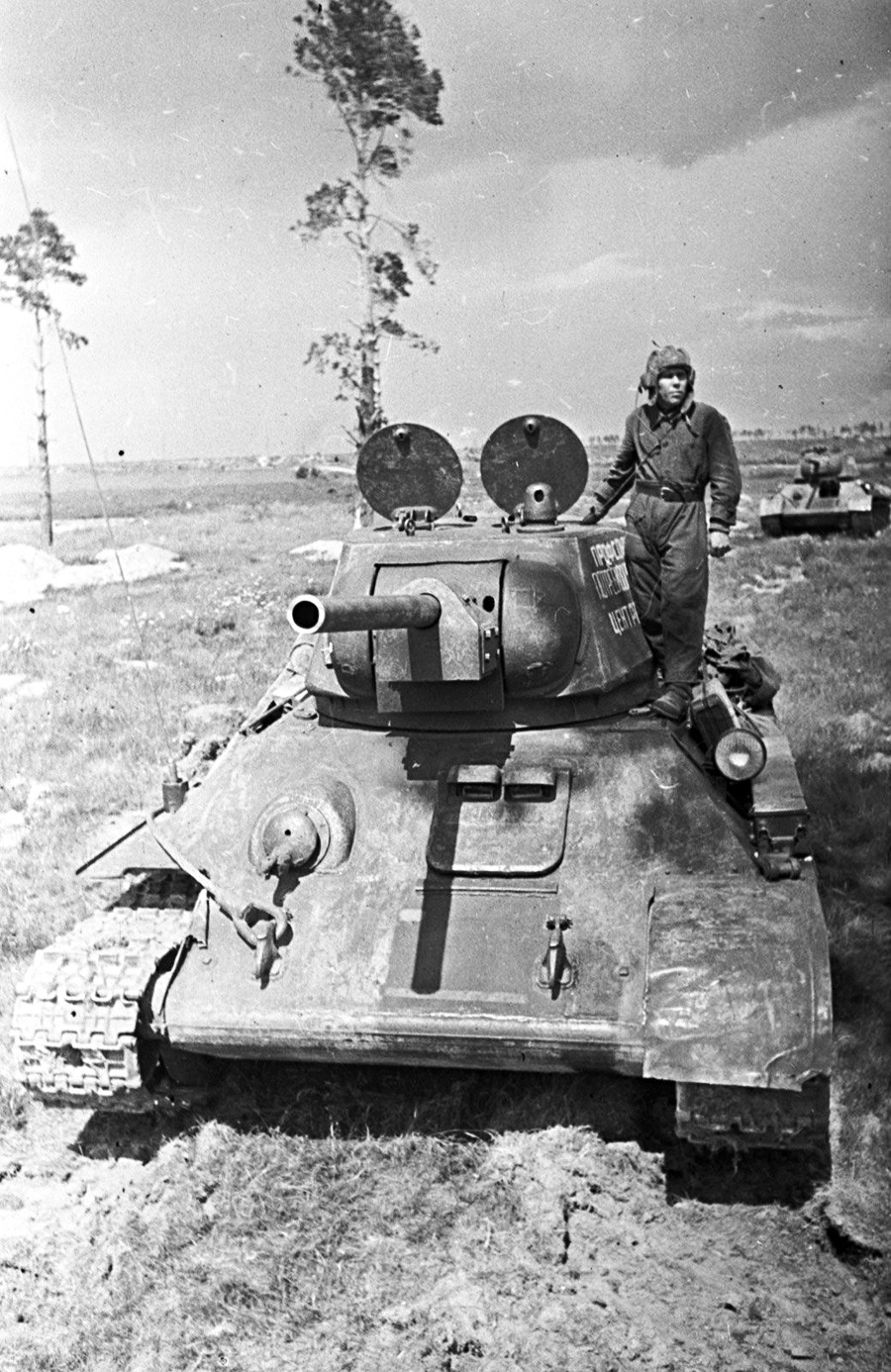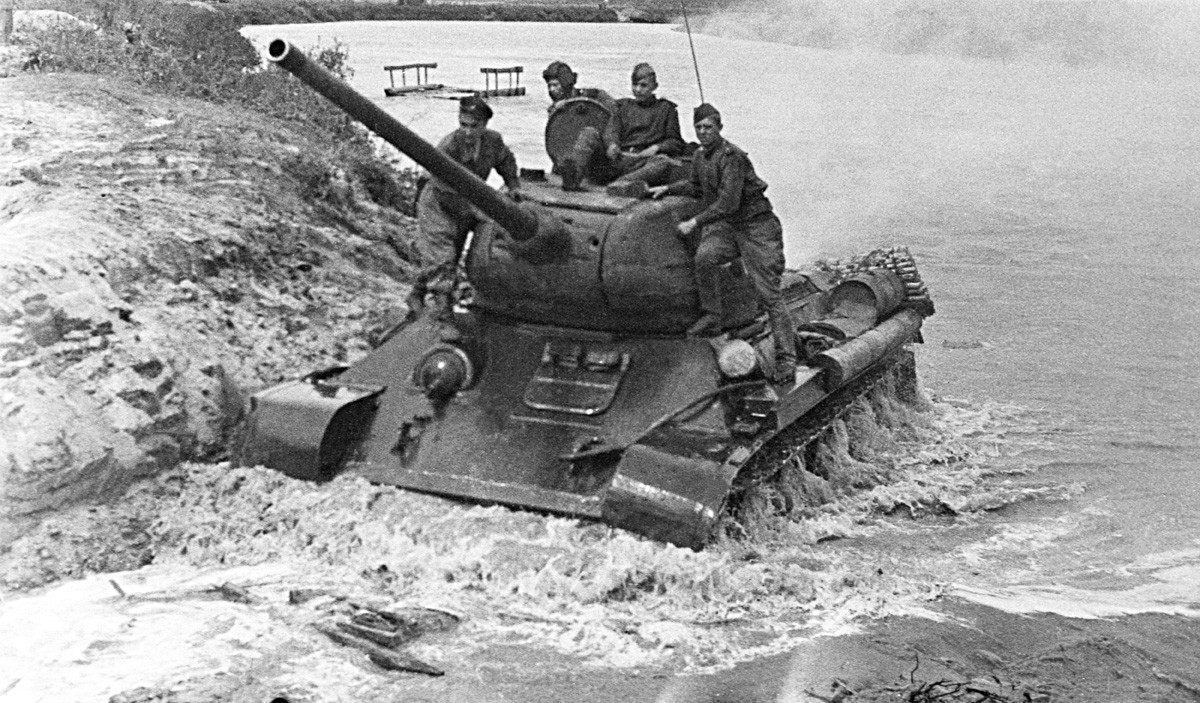Did the US help to modernize the best Soviet tank of WWII?

In spring 1942, a T-34 tank was sent to the US for trials and research by American specialists at the Aberdeen proving ground in Maryland. The Americans wanted to find out what positive features of the Soviet tank they could use in their own tank building. At the same time, a group of Soviet engineers, who were present at the range, were eager to hear justified criticism from their overseas allies that could be useful for them as well.
The best medium tank of the early period of WWII, the T-34 was generally approved by the Americans. The disadvantages identified by the US specialists were of little use for the Soviet engineers. The Soviets were already well aware of them and had been actively fixing the downsides of their best tank.
What did they praise?
The T-34’s main gun - the 76-mm F-34 - was praised by the Americans for its reliability and usability, but
The American specialists liked the shape of the

The T-34’s diesel engine was characterized as light and excellent. The tank demonstrated the Americans’ effective use of such tank engines. Unfortunately for the US, all diesel engines were used by the Navy, and therefore the Army lacked the ability to use diesel tanks.
The highest praise was given to the gun sights. They were simply called “the best in the world,” and it was admitted that there was no US equivalent.
What did they criticise ?
However, the Americans didn’t limit themselves to positive
They were shocked to find that the T-34 used the outdated 4-speed gearbox, which they themselves had rejected almost 20 years previously. However, they didn’t know that development of a new 5-speed gearbox for the T-34 was in full swing. The first tests of T-34 tanks with the new gearboxes were launched in summer-autumn 1942, although mass production started only in 1943

The Americans were very
Despite the high praise for the shape, its
Mostly justified, the American criticisms of the T-34 were nothing new for the Soviets. Tank designers had already started work on a far-reaching modernization of the best medium tank of the early period of WWII.

Finally, the Soviet efforts led to the creation of the T-34-85 tank, which became the country’s most important tank at the final stage of the war, and proudly and effectively served the Soviet army for decades after victory in 1945.
If using any of Russia Beyond's content, partly or in full, always provide an active hyperlink to the original material.
Subscribe
to our newsletter!
Get the week's best stories straight to your inbox